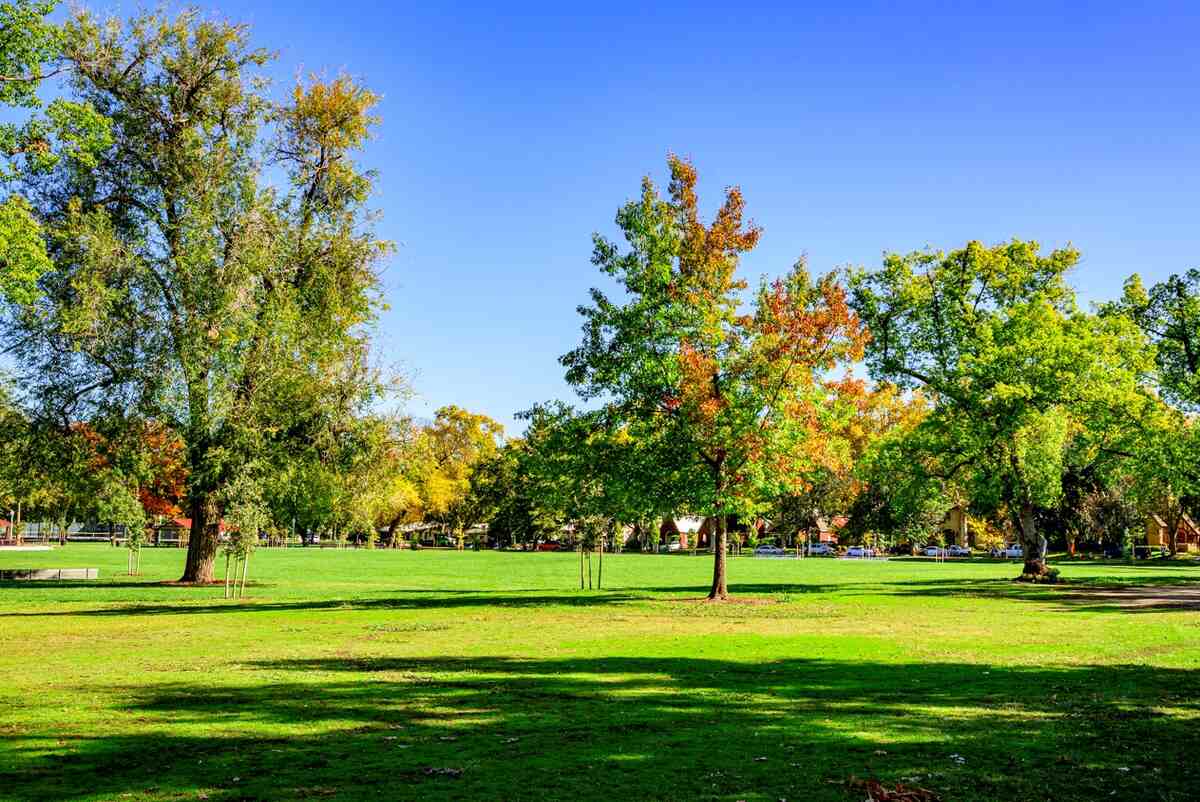
As spring is unfolding in Sacramento, homeowners can take the time to review their lawn and how best to care for it. Here are 11 essential lawn care tips for spring in Sacramento.
Remember, in Sacramento as in much of California, drought conditions have become a way of life. It is difficult for scientists to determine when a drought begins or ends, so you’ll need to be smart about lawn maintenance and plan with drought in mind. These 11 spring tips will help you save water and maintain a beautiful, growing lawn this spring.
1. Be Sure You Know Your Grass
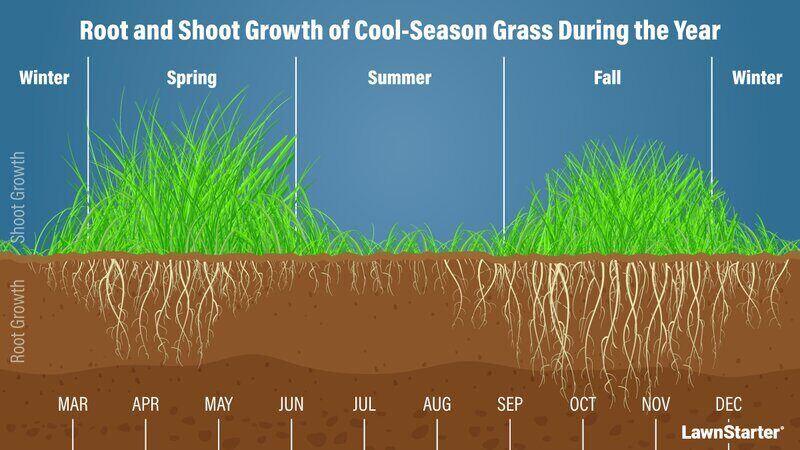
Cool-season grasses are regularly used on lawns in Sacramento, with tall fescue, Kentucky bluegrass, and perennial ryegrass the most common choices.
The cool-season grasses are especially important in the spring, a prime growing season for them:
- Two growing seasons, in the spring and fall.
- Dormant in summer. If it gets too hot or the drought conditions rise too high, cool-season grasses can go dormant, which enables them to survive until fall.
- Green in winter. Unlike warm-season grasses, that will go dormant after the first frost.
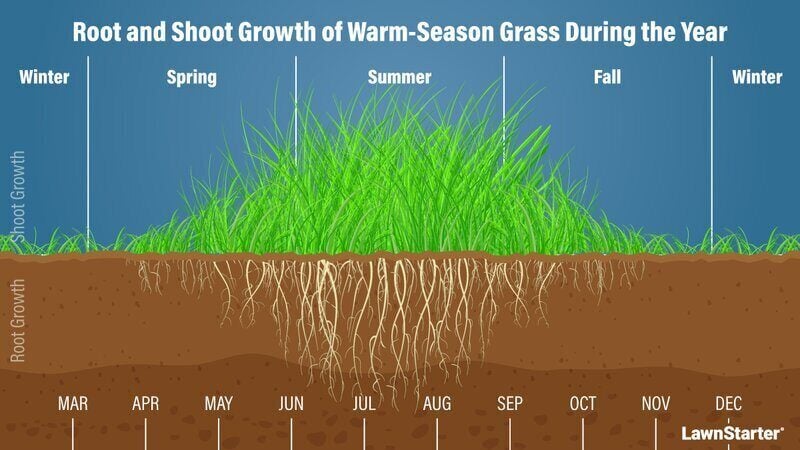
Warm-season grasses are the choice of many in Sacramento, with homeowners especially turning to St. Augustinegrass, Bermudagrass, and buffalograss.
Warm-season grasses will start to grow in late spring, but their growth comes primarily during the summer:
Warm-season grasses are a common choice in Sacramento because:
- Heat is something in which they thrive.
- Drought: They handle drought better than cool-season grasses.
- Maintenance: They need less fertilizer, making them easier to maintain
For more information: If you’d love more information on how to care for your Sacramento lawn in summer or fall, check out our other guides below:
2. Water the Right Way
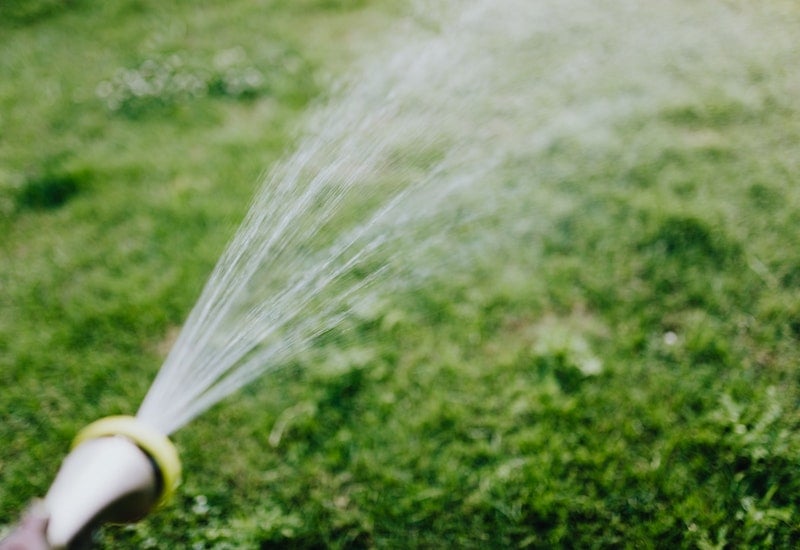
To deal with the drought conditions that have become prevalent, the city of Sacramento created an ordinance on water use and a watering schedule.
Something to remember as you make decisions for your lawn: There are alternate ways to provide water, and they are more efficient:
- Drip irrigation is one of the most efficient ways to water your ornamentals. There are even subsurface irrigation systems that help maximize water use for your lawn.
- A hose with a spray nozzle can be used at any time under current drought rules.
- Smart controllers can help use water more efficiently and can be used at any time (as of this writing) if approved by the city.
In Sacramento, it makes even more sense to consider other types of gardening:
- Potted plants. Growing plants in pots rather than in soil is so encouraged by Sacramento that the water ordinances allow them to be watered at any time.
- Edible gardens. Grow things you like to put in your salad, with the support of the city.
- New landscaping. To encourage you to try alternate approaches, Sacramento will allow daily watering for the first 30 days. (Tip: If you’re interested in removing part of your lawn, sheet mulching is an inexpensive and chemical-free way to do this.)
3. Consider Mulching
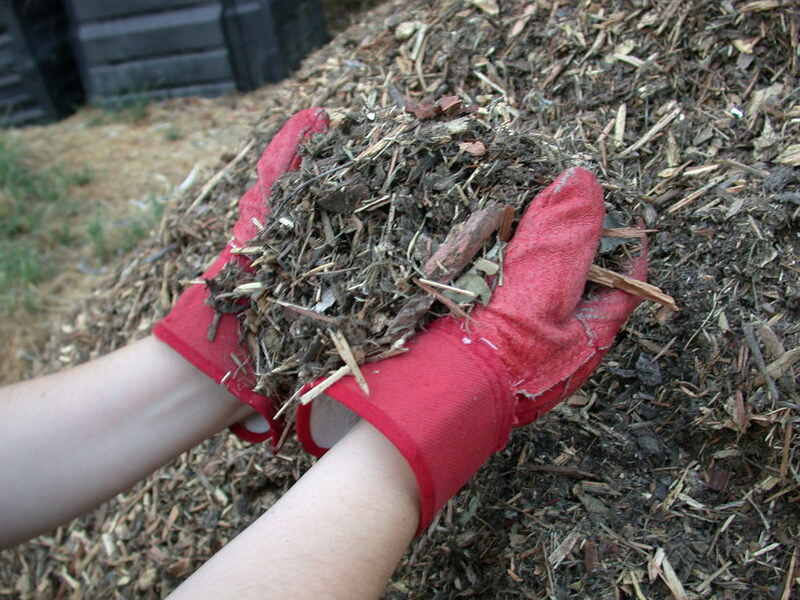
Mulch can be a simple thing to do to improve your lawn. A few of the many benefits include:
- Moisture: Mulch keeps water in the soil longer, something especially helpful in this era of drought.
- Nutrition: Mulch from grass clippings can account for one-quarter of a lawn’s yearly nitrogen requirements.
- Insulation: Mulch can keep the ground cool as the weather turns hot.
- Protection: Mulch in flower beds can keep weeds from getting the sun and space they need to grow.
4. Look Into Testing the Soil
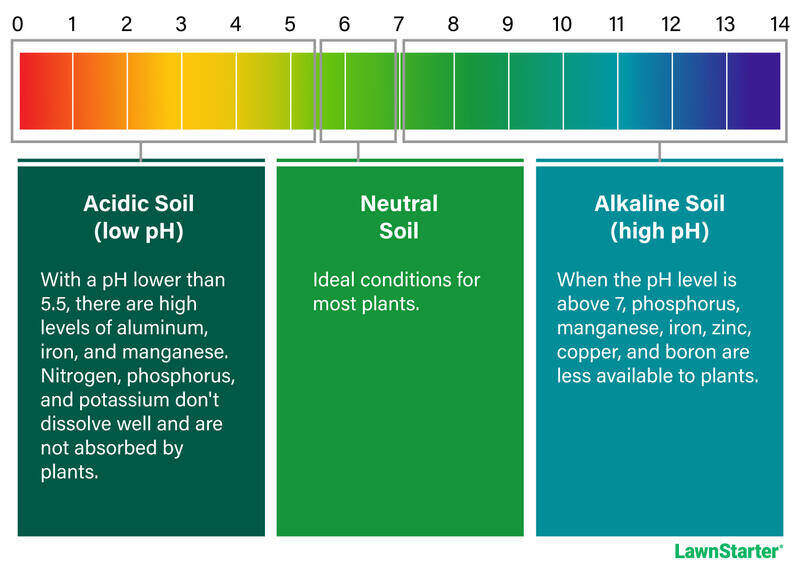
Spring is a good time to test the soil. It will tell you if there are nutrients missing. It will also give you the soil’s pH (“potential of hydrogen,” which will tell you the level of acidity).
5. Mow the Right Way
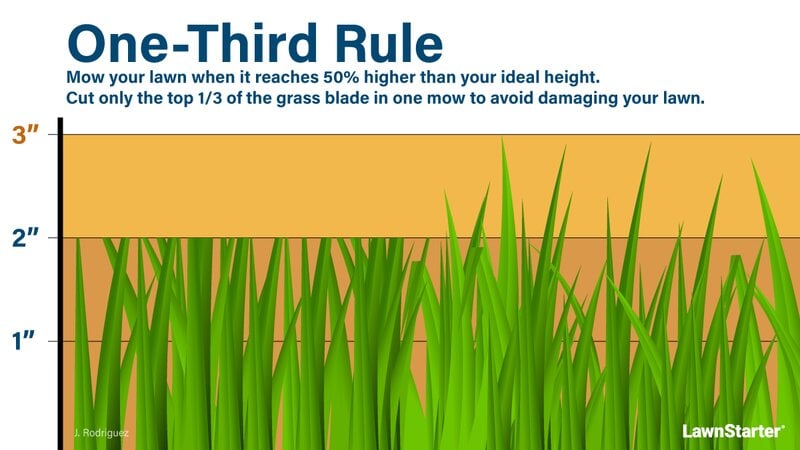
Once winter has turned into spring, it is time to mow your lawn:
- Mow after the temperatures are consistently above 40 degrees.
- The best time to mow your lawn is between 8 and 10 a.m.
- Wait until the grass is at least 2 inches tall.
- Follow the One-Third Rule (see illustration above).
- Sharpen your mower blades. Among other things, the grass clippings will be cut sharper and have a cleaner look.
- Don’t mow wet grass.
- Alter your lawn mowing pattern each week.
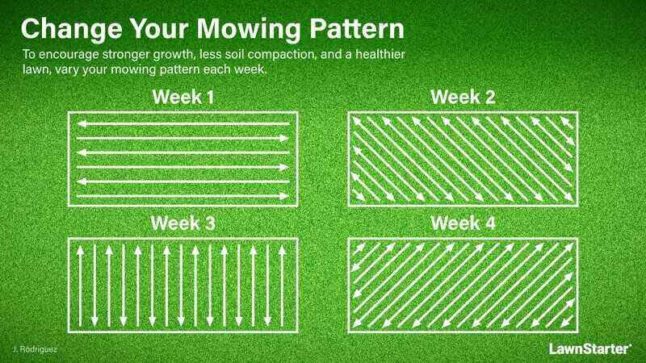
Here are the suggested mowing heights for the 6 best grass types for Sacramento:
| Grass Type | Mowing Height (inches) |
| Bermudagrass | 0.5 to 2.5 |
| Buffalograss | 2 to 3 (or leave unmowed) |
| Kentucky Bluegrass | 2.5 to 3.5 |
| Perennial Ryegrass | 1.5 to 2.5 |
| St. Augustinegrass | 3.5 to 4 |
| Tall Fescue | 2 |
6. Start the Process of Weeding
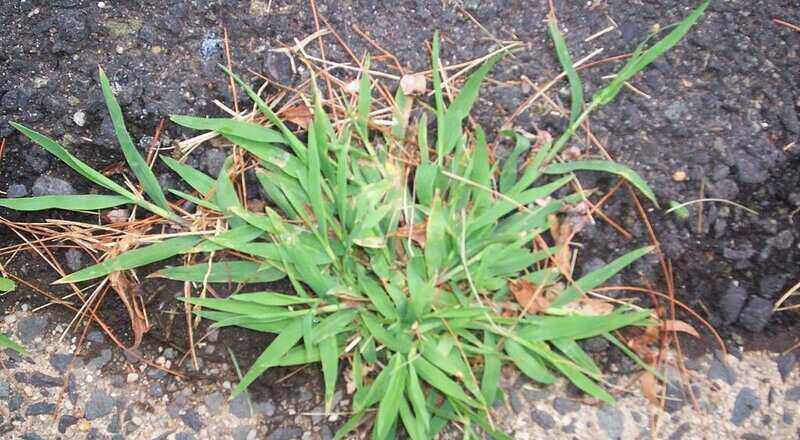
Photo Credit: Richard Arthur Norton / Wikimedia Commons / CC BY 2.5
Since you don’t want weeds to grow with the grass come summer, you need to start your weed control process during the spring. When the soil temperature reaches 50 to 55 degrees, apply pre-emergent herbicides.
If weeds have already come up, pull them out or spray them with post-emergent herbicides. Don’t let them get a start.
Common lawn weeds in Sacramento:
- Crabgrass. Both kinds found in the area, smooth crabgrass (Digitaria ischaemum) and hairy crabgrass (D. sanguinalis) are annuals.
- Filarees. Common annuals, with Sacramento especially attracting broadleaf (E. botrys) and whitestem (E. moschatum).
- Wild geranium. Considered an invasive species, it is moving quickly down from Washington and Oregon, which have already placed Geranium robertianum on the noxious weed list.
- Bedstraw. Sharp points on stems and leaves of the Galium aparine enable it to stick on to animals and clothing, enabling it to spread.
- Grasses such as foxtail, barley, and wild oats.
7. Remove Thatch
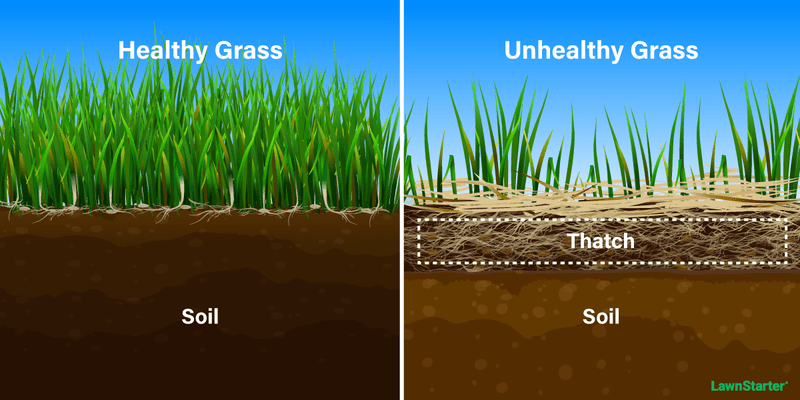
You want to manage the thatch that will occur on any lawn. If it becomes more than one-half inch deep, it will keep air and water from reaching the soil, leading to root damage and fungal diseases.
Warm season grasses (Bermudagrass, buffalograss, and St. Augustinegrass) should be dethatched in the late spring. Cool-season grasses (Kentucky bluegrass, perennial ryegrass, and tall fescue) should wait until late summer or early fall.
A pro’s tip: Not all grasses produce much in the way of thatch. For example, Kentucky bluegrass, Bermudagrass, and St. Augustinegrass are known to have a lot of thatch buildup, while tall fescue, buffalograss, and perennial ryegrass tend to have little.
8. Aeration Can Help
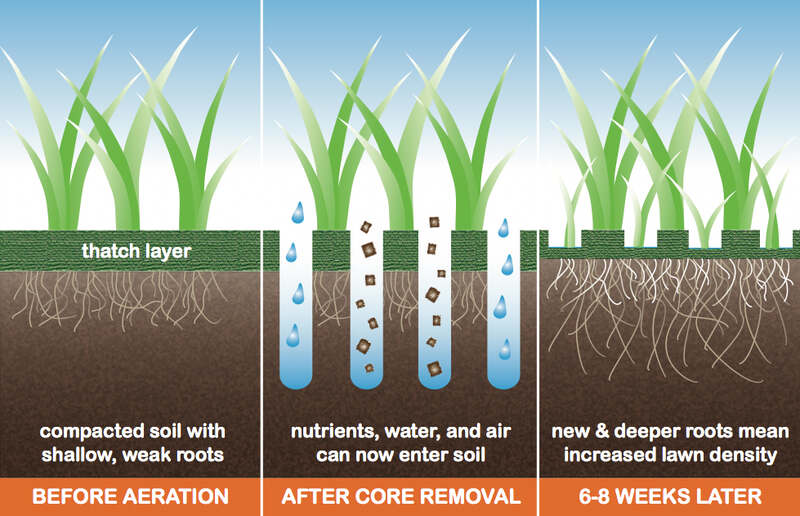
Lawn aeration is the process of pulling cores from the soil to allow air, water, and nutrients to penetrate the root zone. This process promotes healthy grass growth and improves drainage in your lawn.
Since many soils in Sacramento have drainage problems, aeration is particularly helpful. Poor drainage can lead to water pooling onto your lawn and can compact the soil, preventing your grass and plants from absorbing nutrients.
When to aerate my lawn: Warm-season grasses should be aerated during late spring or early summer, while cool-season grasses should be aerated in early spring or early fall.
A pro’s tip: Once the dug up cores are air dried, gently rake them back into the soil to disperse any remaining nutrients. Avoid aerating during the summer. Aerating dry ground can damage roots.
9. Fertilize, No Matter the Type of Grass
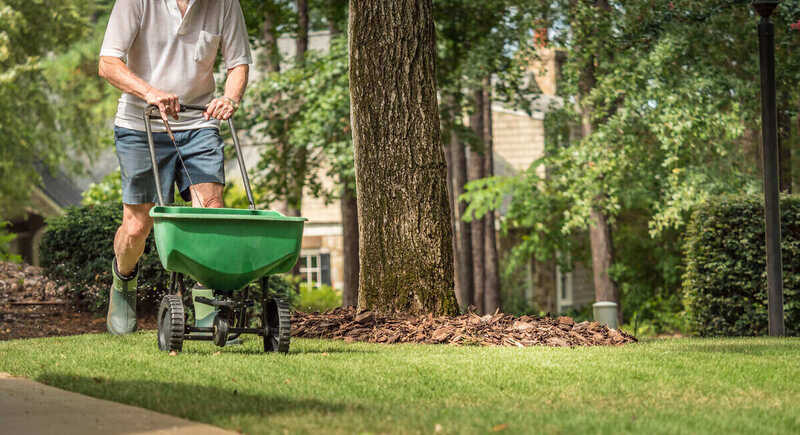
Come spring, you should fertilize your lawn, no matter what type of grass you have. A soil test will let you know what nutrients your lawn needs the most, and help you in the selection of a fertilizer (unless you turn to a professional service).
- Cool-season grasses should be fertilized during early spring, no later than the end of March, or soon after the turfgrass starts to grow.
- Warm-season grasses grow mostly during the summer months, but can use a boost in the late spring, perhaps in April, or soon after the turfgrass starts to green-up.
A pro’s tip: Over-fertilization will damage the lawn, so follow the instructions for the type of fertilizer you are putting down.
10. Consider Overseeding
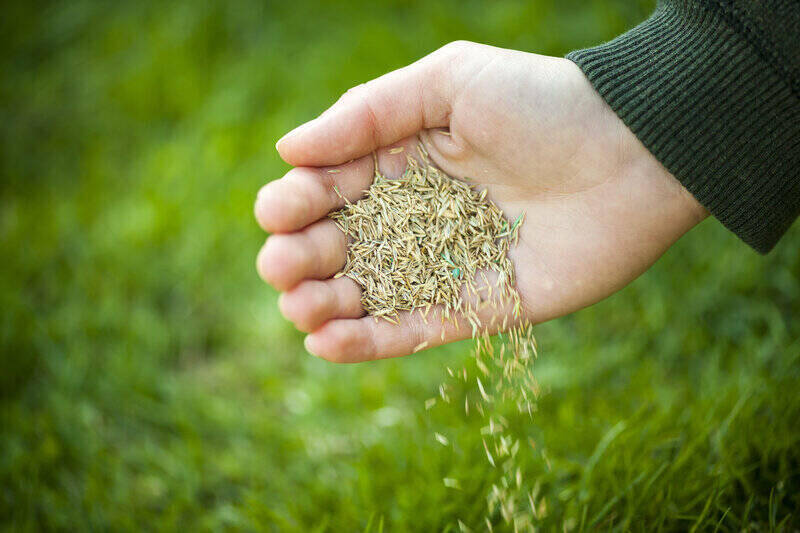
Overseeding (adding grass seed to an existing lawn) can make a yard look better, and be healthier. The best time to overseed a lawn is during an active growth period. For cool-season grasses, that comes in the spring and fall. In the case of warm-season grasses, that period could come in the late spring, though it usually occurs during summer.
But if you are trying to control weeds by using a herbicide, you won’t want to overseed at the same time. You will have to choose which is more important.
Note: St. Augustinegrass is only available via sod, plugs, or sprigs and therefore can’t be overseeded.
11. Be on the Lookout for Pests
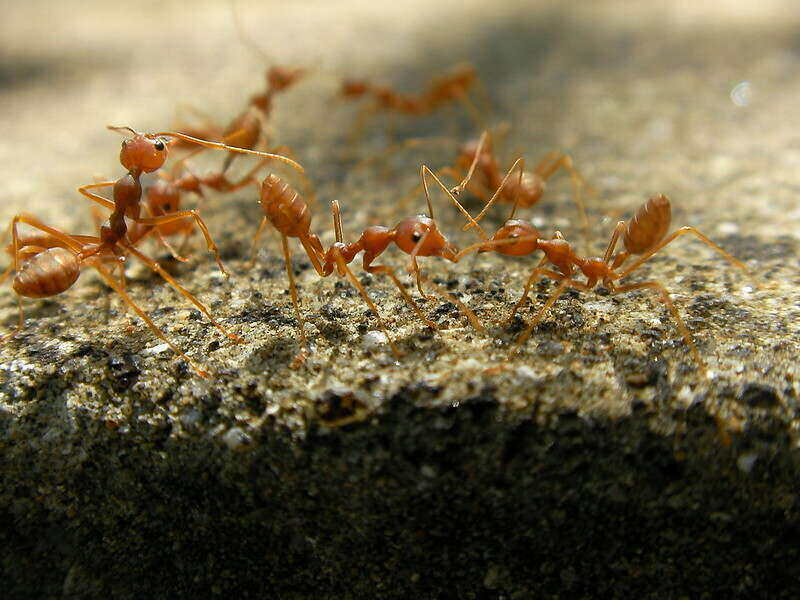
Look for the signs that the return of the growing season has attracted pests:
- Armyworms. They feed in the daylight, and act fast.
- Billbugs. Small weevils that affect all grass types. Grass is brown and dying. Affected areas start small and are irregular in shape.
- Chiggers. They transfer from the lawn to you.
- Chinch bugs. They will suck the juices from the grass and replace it with a toxin that could turn the lawn yellow.
- Cutworms. They come out at night to feed on the grass.
- Fire ants. They are aggressive with a painful sting throughout the Sacramento area.
- Fiery skipper. Small, 1 to 2-inch spots of lawn die and turn brown. Spots may come together to form larger patches.
- Fleas. They quickly transfer to a pet.
- Grubs. They are most common in the late summer, but they start feeding in late spring.
- Lawn moths. Leaves of grass have been chewed or chewed off.
- Ticks. One or two aren’t a concern. A bunch might mean the lawn is infested with them.
- Two-lined spittlebug. They suck out the juice of the grass, turning it yellow or brown as it dies.
FAQs
Lawn care services have a range of costs, with mowing being the most basic:
● Mowing: $29 to $65
● Aeration: $75 to $225
● Dethatching: $190 per hour
● Fertilizing: $20 to $60 per hour
● Seeding: $336 to $1,010
Mid-morning, between 8 a.m. and 10 a.m., is the best time to mow your lawn. If you mow in the early morning, you not only wake the neighbors, but you might damage the lawn if it is still wet with dew.
Mowing the lawn during the early afternoon is also not ideal as this can expose the cut grass to the heat of the day, which can dehydrate the grass (and you!). Wait until after 4 p.m. if you aren’t able to mow in the morning.
Traditional pesticides often use harsh chemicals, so people are turning to organic pest control in which pests are battled without using human-made chemicals.
A related approach is the use of beneficial insects.
While fertilizers add nutrients, soil amendments are added to change the condition of the soil, improving its ability to retain water, supply nutrients, and support growth of turf. You can end up with a green lawn and a healthy lawn.
Applying amendments such as compost early in the spring can help establish a plant. You can still add fertilizer later.
Contact a Professional Service
Taking care of your lawn during the spring season in Sacramento can be a worthy do-it-yourself project. It will also be a time-consuming one. It might make better sense for you to hire a professional service. LawnStarter’s Sacramento lawn care pros will help your lawn wake from winter and grow strong and healthy this spring and throughout the year.
Additional source:
Main Image Credit: Pena645 / Wikimedia Commons / CC BY-SA 4.0